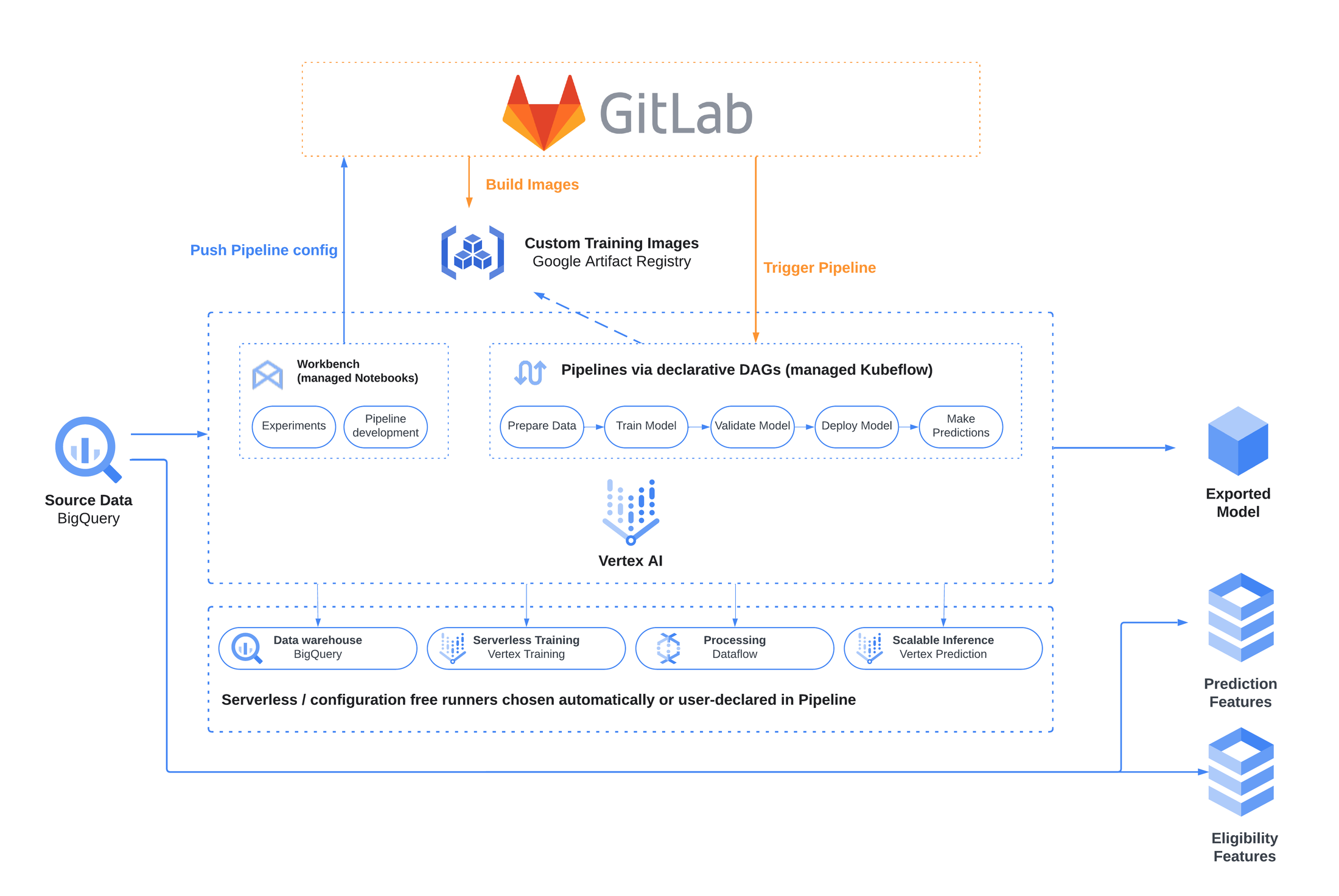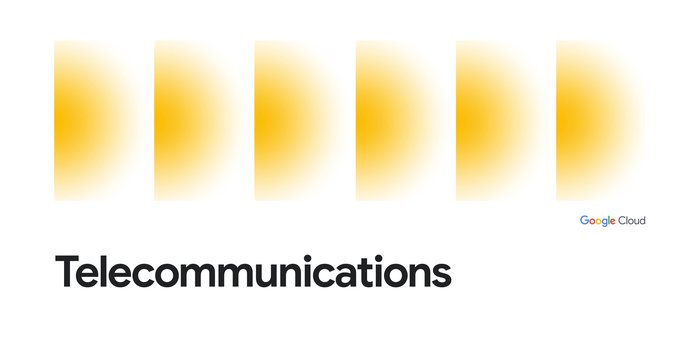From products to process: Delivering personalization at scale with data at EE
Curig Johnston
Director of Base Value & Personalisation, EE
For much of the 20th Century and into the 21st, telecommunications companies have been at the forefront of technological growth. In 1970 only 35% of UK households had landline telephones. Fast forward to today, and more than 90% of adults in the UK have cell phones. The infrastructure required to revolutionize how people communicate took decades of building cell-phone towers, laying cables, and redefining what it means to communicate or access information.
Today, our teams at EE are continuing to drive telco innovation as one of the UK’s leading mobile networks, providing solutions to more than 14 million people. In addition to our TV, internet, and mobile offerings, we’re also a retail provider for a wide range of gaming, TV, home, and lifestyle products.
With this vast portfolio of products and services, we’re focused on offering the most personal, customer-focused technology experience we can, so every customer gets the most relevant information.
From legacy technology to scaling for the future
In the past, our data was siloed in different locations. Not having accurate and reliable data on customers and households made it difficult to make decisions around customer messaging or to provide consistency throughout the customer journey. Outbound customer communications, for example, were sent from different sources and could be inconsistent with the messaging customers received on inbound channels such as our app or website.
For our customer-facing teams, surfacing relevant information to provide support was time consuming and difficult because data was disconnected. Additionally, our legacy data stack was slow moving, so querying for information often took a long time, creating a bottleneck that prevented data scientists and analysts from working at speed.
To achieve our mission, we wanted to better harness our data to make more informed — and in many cases automated — decisions to cater to our customers’ wide-ranging interests.
Our parent company, BT Group, worked closely with Google Cloud at an enterprise level to provide us with critical data and machine learning infrastructure. This new technology became the foundation for our vision of a data-driven, personalized decision-making infrastructure to recognize future opportunities and deliver the experience we dreamed of at scale to millions of customers.
Customer-first approach to data infrastructure
Now, by effectively capturing and leveraging our customer data, we can surface better offers, communicate in a more controlled, personalized way, and reduce marketing fatigue.
We’re doing this through an initiative we call Household360 (HH360). Through progressive profiling, ingesting, and analyzing their interactions with our company, we can more clearly see how our customers interact with our organization and make conscious improvements to that journey.
With that data in BigQuery, we can then use solutions such as Vertex AI and machine learning models to personalize different user journeys. For example, let’s say a customer recently purchased a gaming console. We can automatically update our in-app messaging to display new gaming accessories. Meanwhile, a user with four devices on a family plan who just bought a new TV may see upcoming offers for surround-sound speakers or smart home solutions. Over time, our models are reinforced by our growing datasets, so we can personalize even further.
The Next Best Action platform
By unifying our data management and processing — and making decisions about what to offer customers, eligibility rules, pricing and promotional guardrails, content management, and more — we’ve radically improved our time to market for new campaigns and even more refined recommendations. What used to take us months of effort is now done in days.
Furthermore, we’ve integrated our machine learning pipelines, experimentation techniques, and optimisation and monitoring capabilities to allow our teams to measure and optimise performance in a virtuous feedback loop.
All of this is possible thanks to our Next Best Action, or NBA, platform, built by our engineering team with the support of a Google Cloud Partner, Simple Machines. This platform, centralised through a single API, gives us control over how we deliver personalised experiences to our customers in a consistent way across channels.
Under the hood, NBA is powered by custom machine learning (ML) models trained on Google Cloud's Vertex AI platform. We've followed Google Cloud’s MLOps best practices to adopt a 'pipelines as config' approach, where our ML workflow is codified into declarative definitions, version controlled with GitLab, and managed through a robust CI/CD system.
This means that each step of our preprocessing and ML training process are automated, audited, and reproducible. The outputs of the pipelines include the trained prediction models themselves, along with the prediction and eligibility features used for near real-time predictions within the NBA system.


NBA’s declarative MLOps Pipeline on Vertex AI
Our teams can better collaborate on these campaigns as well because all of the relevant data is in one place. This lets us refine our outcomes and build better strategies over time. Connecting our data team with our marketing operations team means we can easily learn to segment audiences and continue to tailor communications.
Personalization for the many
The use of data is only part of the story. Delivering personalization at scale has also required digitising our processes and integrating them into our business workflows.
For example, connecting our content management processes to our data ecosystem has meant that work that was once done through lengthy email processes is now loaded into a digital content-management system, so personalized content can be shipped automatically to the right customers.
Prior to Google Cloud, it would take 10 to 12 weeks to launch new marketing campaigns because of siloed approval processes and tedious, manual outbound work. Now, that’s done in hours or days. Wins like this help us demonstrate clear value to senior leadership and continue growing our data initiatives.
Faster time to deployment means we can explore our datasets and develop a wider array of personalized customer actions. It also gives us new information for us to digest and think of more engaging ways to deliver a positive experience.
Taking a “win as we build” approach
With NBA live in the EE app, web, and assisted channels, early integrations into our outbound messaging and paid media, and our new personalization efforts reaching more than 3 million customers per month, we’re off to a strong start, but our goal is to continue expanding our features and use cases with these adaptive and generative tools.
Additionally, we’re currently using an AI tool that leverages Gemini to generate copy for our growing calendar of automated campaigns. It can write content as well as manage the review and sign-off process for marketing and brand as well as from a legal and regulatory standpoint. The turnaround speed of generating a first draft of an email or ad gives our copywriters more opportunities to experiment and optimise content and speeds up the creative process.
As the data available to us and the tools at our fingertips continue to evolve, we will use everything at our disposal to create the best consumer-facing technology experience we can, continuing to drive telco innovation as we redefine the possible.


